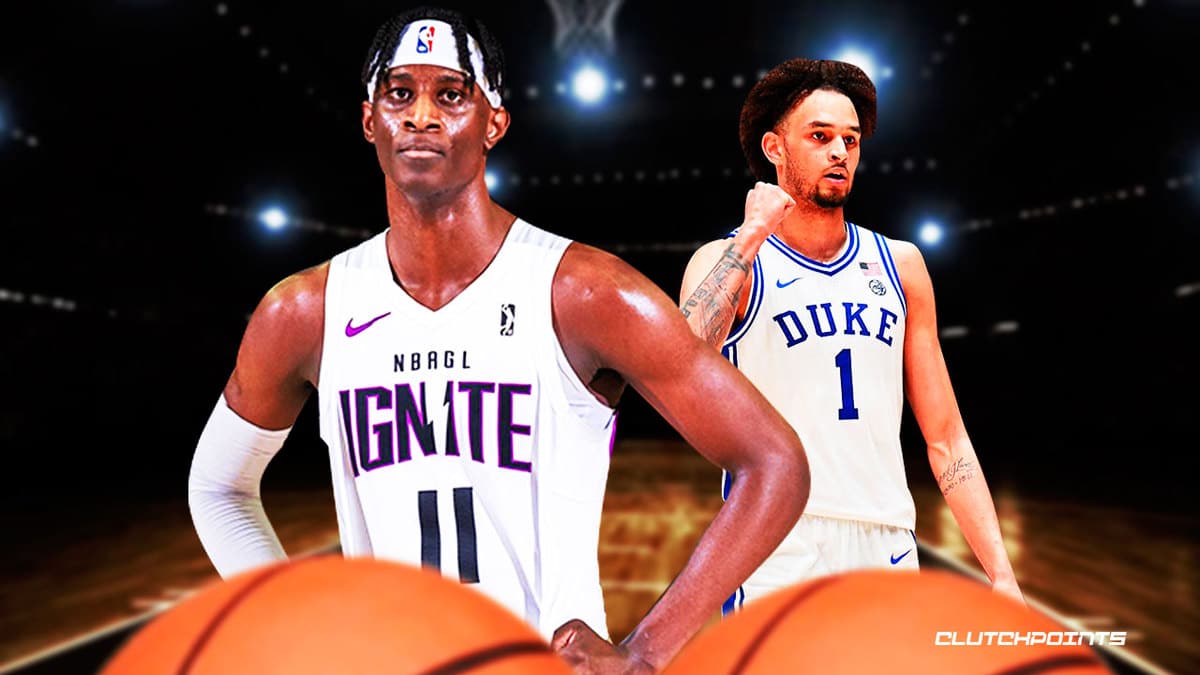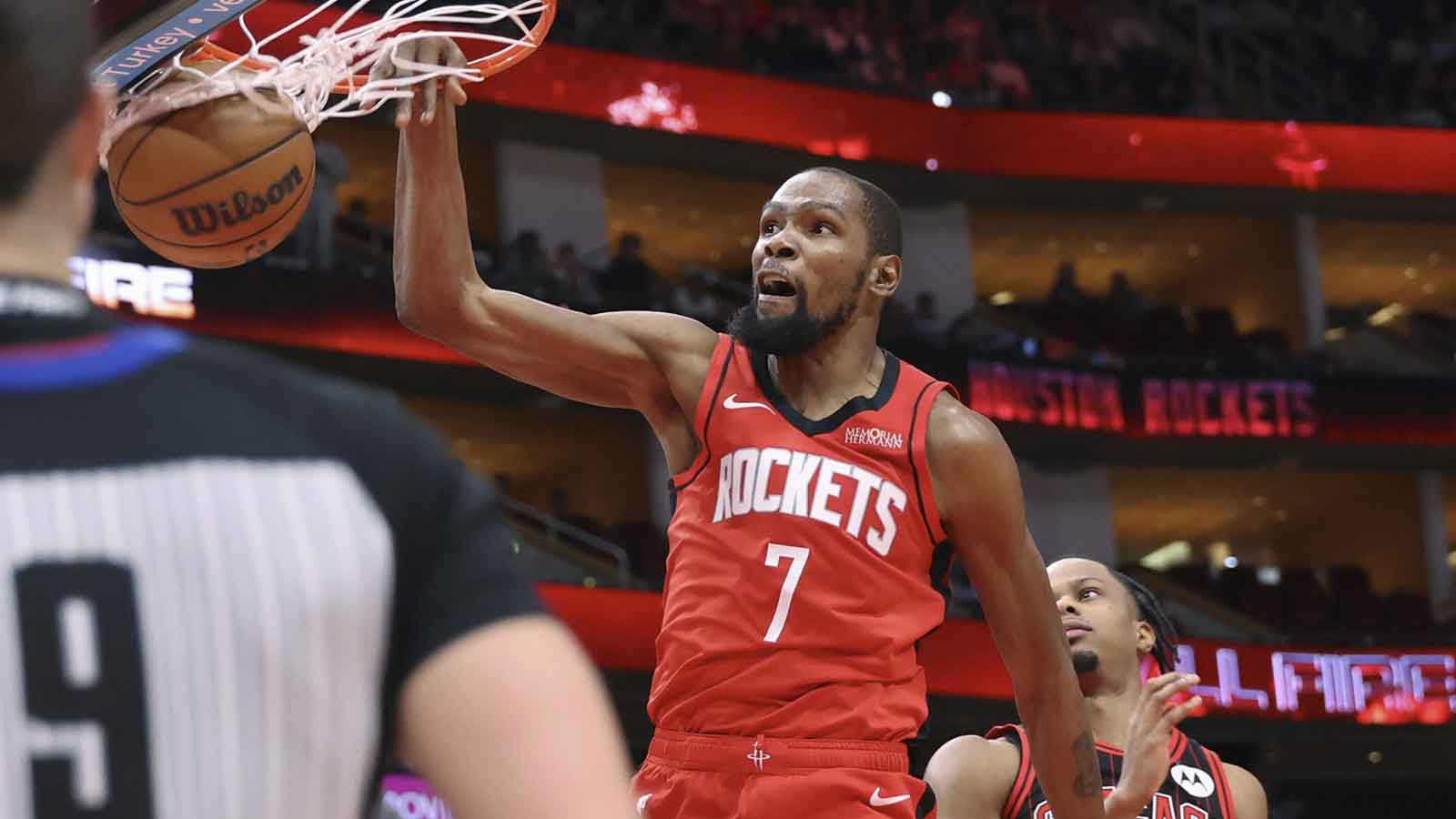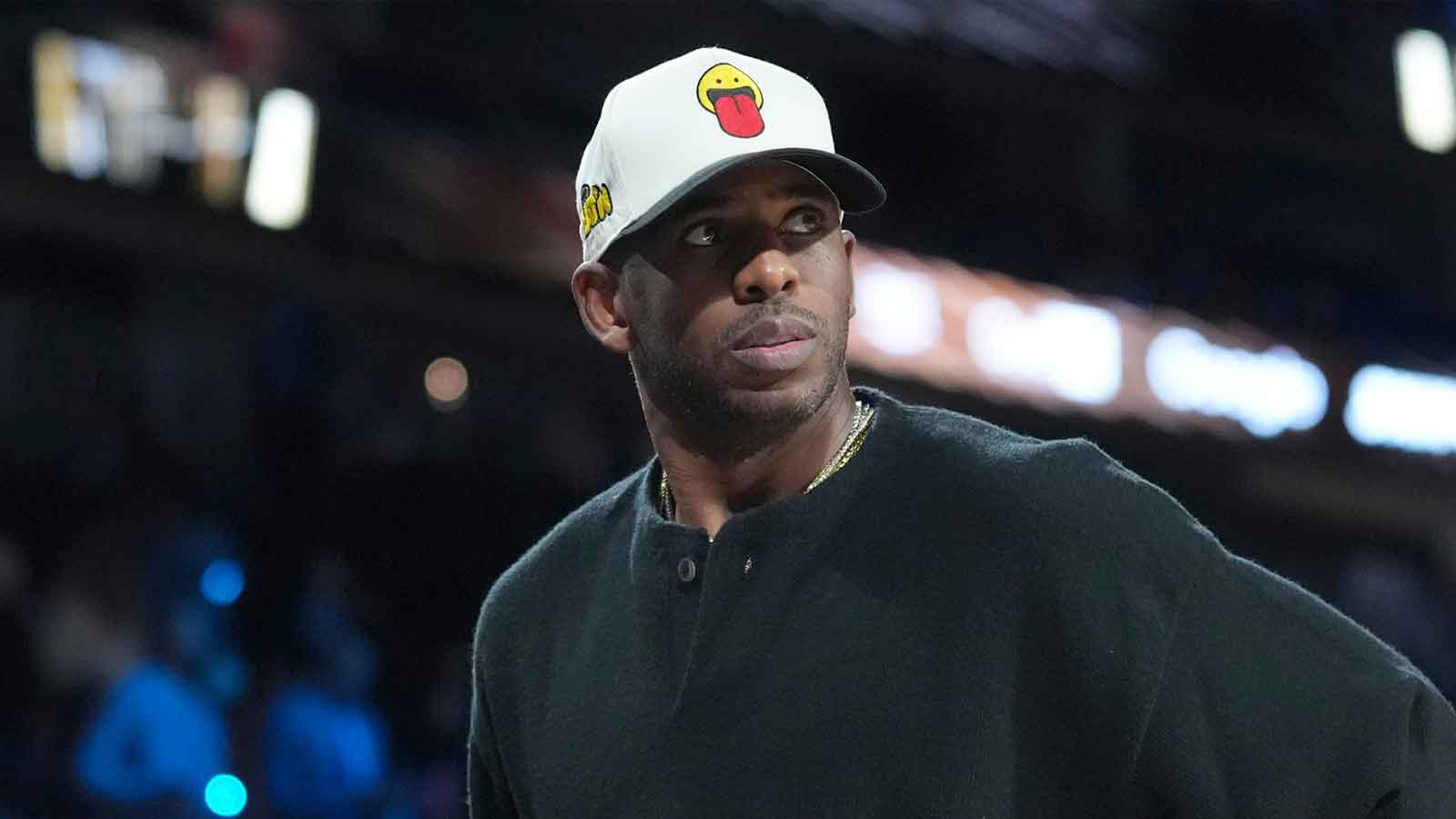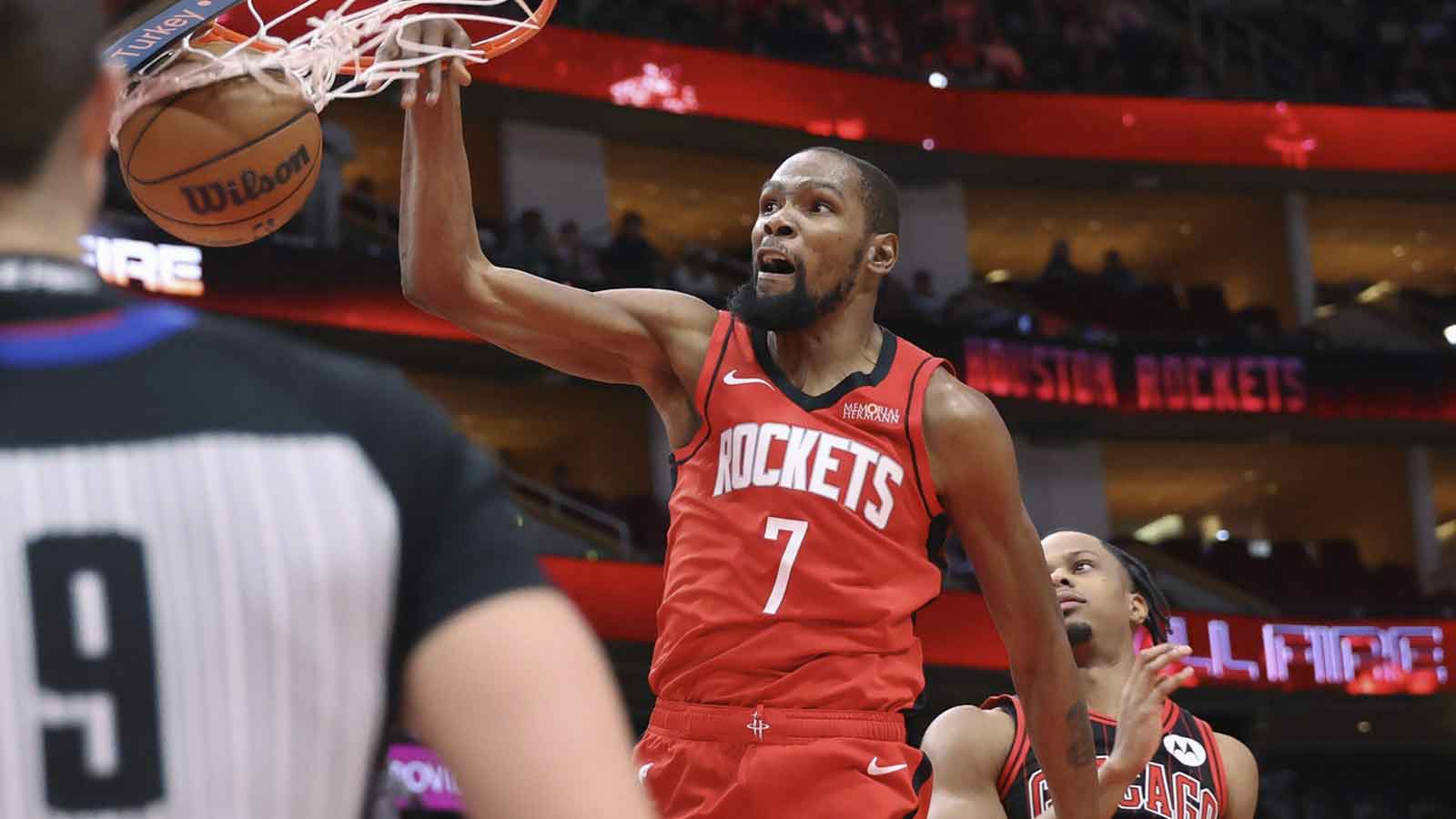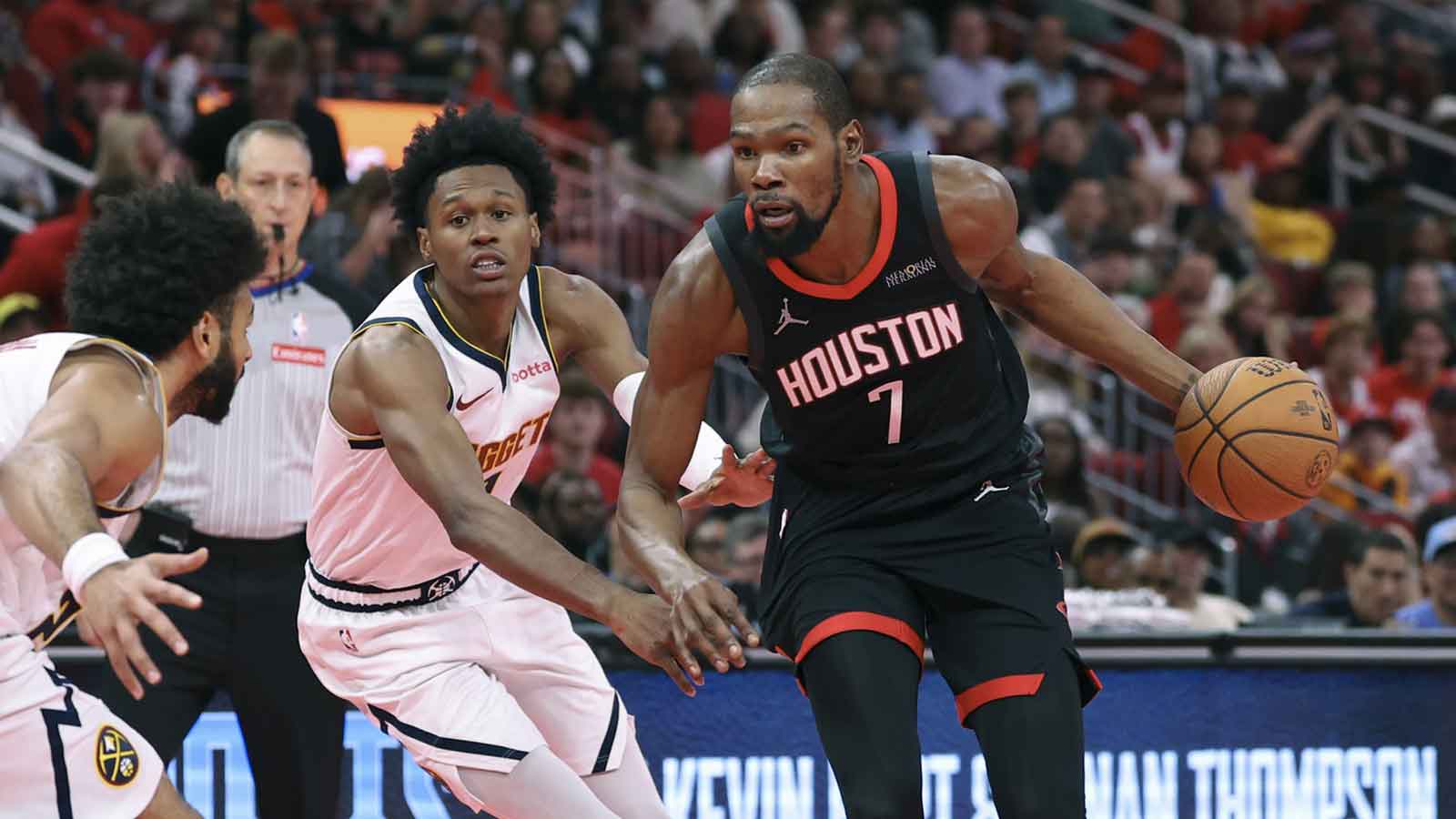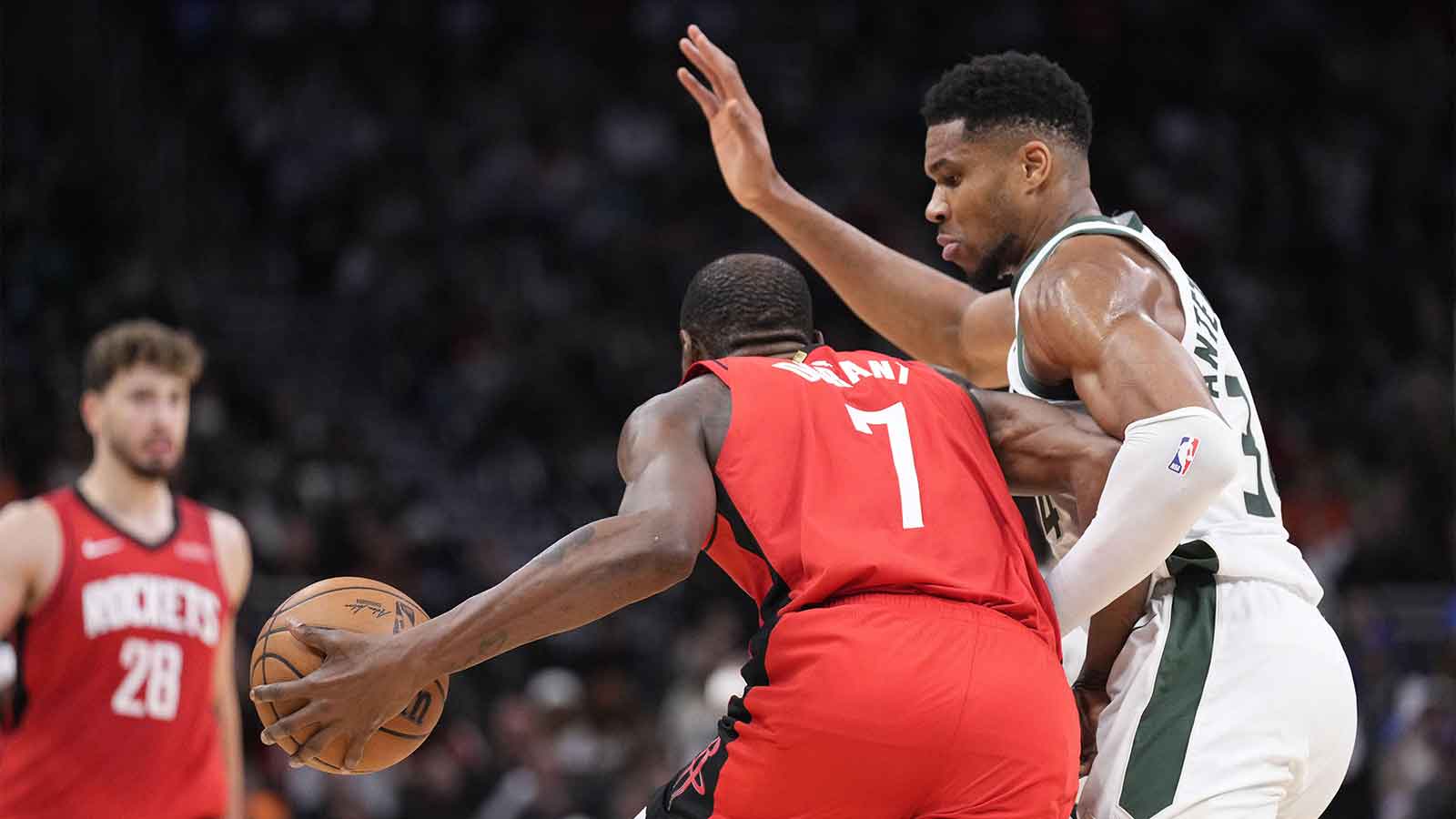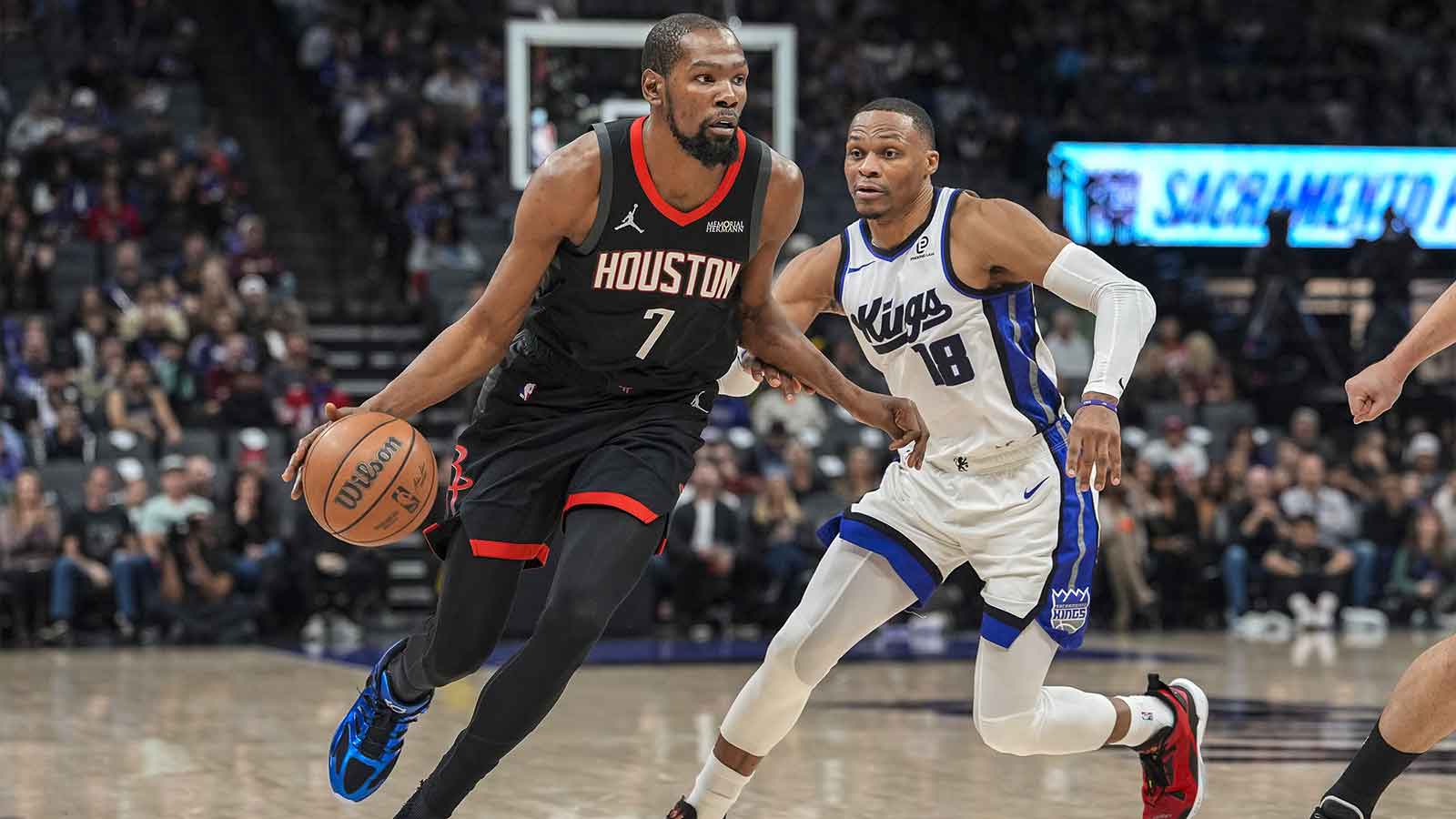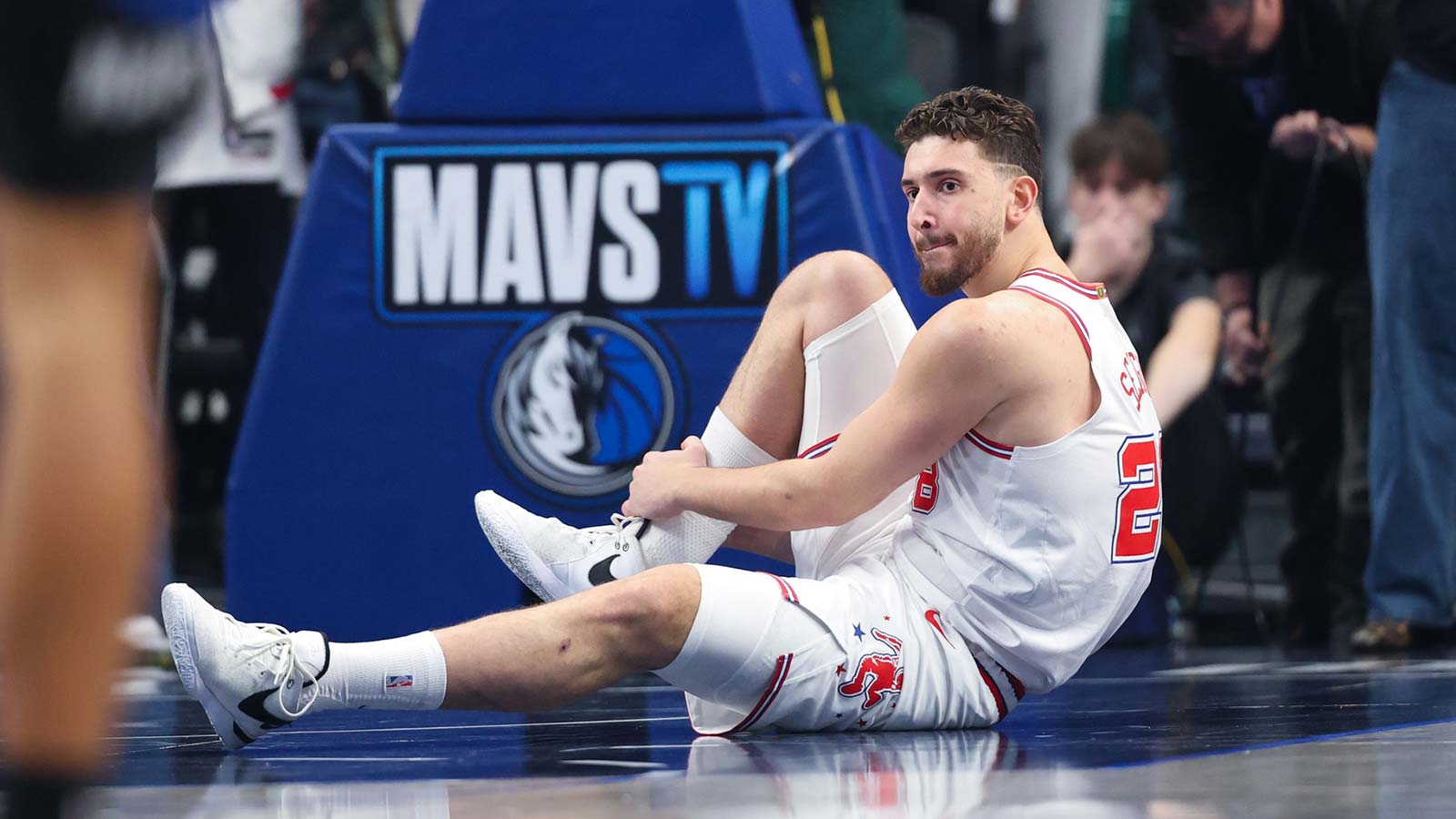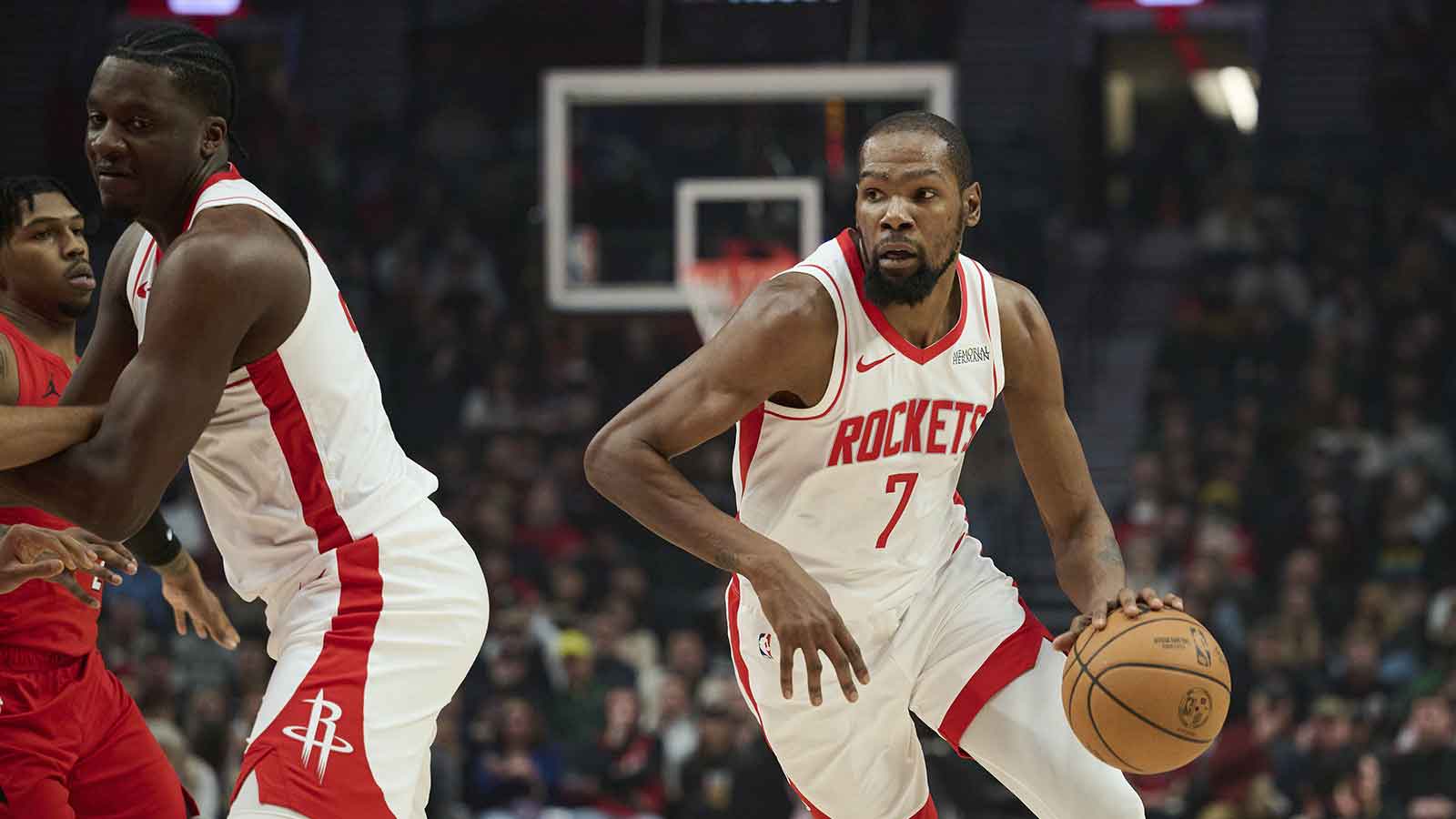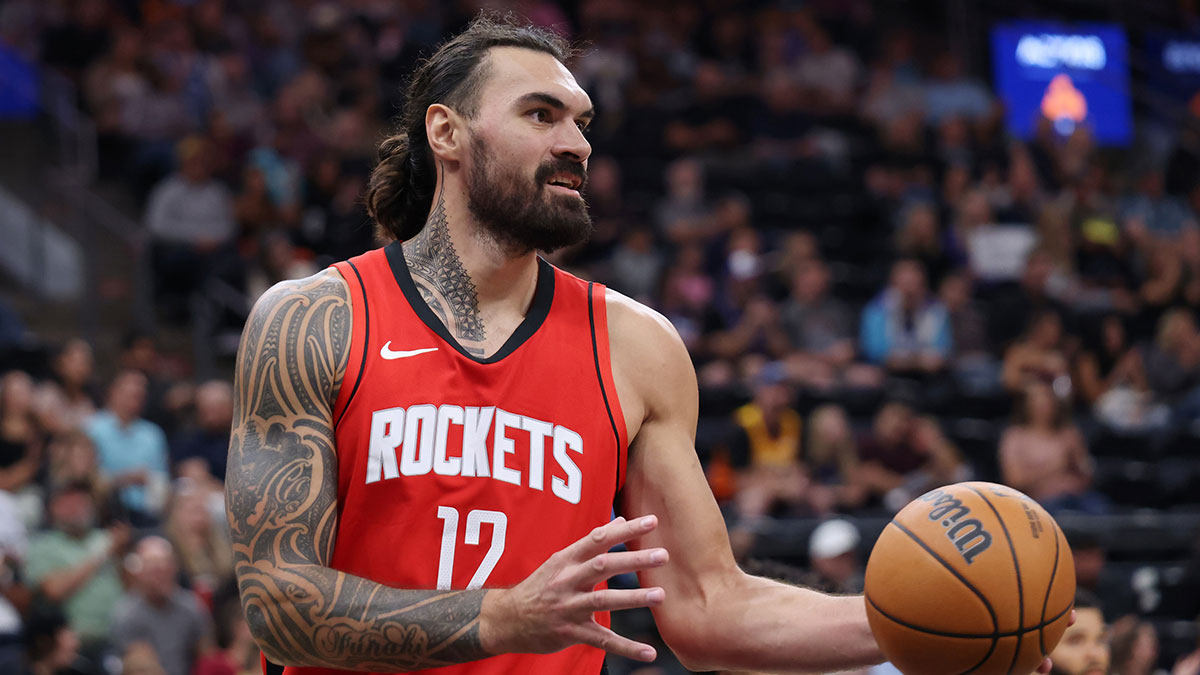The Rockets are readying themselves for take off. Since Harden coerced his way to Brooklyn in 2021, the team has been bad and made no qualms about it. Winning didn't matter as much as shoveling possessions and shots down the throats of Jalen Green, Kevin Porter Jr., and (to a lesser extent) Alperen Sengun. But, with newly hired ace coach Ime Udoka at the helm, it's time to win; the Rockets are even considering swapping Green for a veteran star. In this sense, the Rockets approach to the 2023 NBA Draft will be the first reveal of what kind of team they intend to be. With a likely top five pick (pending the lottery results) as well as the 20th pick, the world is the Rockets' oyster. While their higher pick is the more significant one, it's still in limbo for the meantime. As such, here are the two best options for the Rockets to consider with the 20th pick in the NBA Draft.
Leonard Miller, G League Ignite
The knock against Miller is that it doesn't seem like he really knows what he's doing most of the time. This is to be expected—before joining G League Ignite this year, the Canadian Miller played his high school ball in Ontario, a far cry from the basketball factories at IMG or Sierra Canyon. He shoots a basketball like he taught himself how to shoot and his defensive positioning seems to be determined more by vibes than by the actual scheme.
Still, this relative inexperience hasn't stopped him from dominating one of the best pro basketball leagues anywhere in the world. While most Scoot Henderson sops up most of the G League Ignite attention, Miller has quietly outperformed his more heralded teammate. In 38 games this year, Miller has dominated the G League, averaging 16.9 points and 10.1 rebounds in under 30 minutes per game. Even more impressive, Miller was tremendously efficient, maintaining 63 percent True Shooting despite being one of the youngest and rawest players in the league.
This rupture between Miller's production and his experience speaks to how unusually gifted he is. At 6'11 with a 7'2 wingspan, Miller is exact kind of athlete that every team pines for. He's huge with legitimate big man size and the potential to batten down the paint, yet also surprisingly mobile. With the ball in his hands, Miller often moves like an oversized Shai Gilgeous-Alexander, flummoxing defenders with his flexible, limber strides; he evinces the sense that he's somehow moving in every direction at once.
A ball-dominant point forward back in Canada, Miller has adjusted to life as a more standard hustle and energy forward in the G League. By doing so, he's cut a considerable amount of fat off his game and allowed himself to fixate on mastering his new practical, actionable responsibilities rather than overexerting himself trying to be something he's not.
As such, Miller is such an intriguing prospect because his strengths are innate and his weaknesses are circumstantial. The things he's great at—motor, athleticism, mobility, ball skills—are hard, if not impossible to teach, but his weaknesses can be easily addressed. After just a few months of coaching, he's already a markedly better and more aware defender than he was in the fall. Similarly, his janky jumper holds latent promise—as evidenced by his 76 percent shooting on free throws, Miller has naturally great touch, signaling that he should develop into a consistent enough shooter once he smooths out his form.
Right now, Miller is projected to be picked some time in the late 20s of the NBA draft and may potentially slip out of the first round altogether. This is insanity—Miller is one of the 10 or 12 best players in the draft. The Rockets have no shortage of rangy, instinctive forwards like Tari Eason and Kenyon Martin Jr., Miller is too good to pass up on. The Rockets don't yet have the luxury of prioritzing fit over talent in the draft and Miller is without a doubt one of the most talented players in the class, yet will probably be inexplicably available with the 20th pick.
Dereck Lively II, Duke
Whereas Miller's promise lies in the way that his game can expand in a seemingly infinite number of ways, Lively is a top prospect because of his specialization. At Duke, Lively cemented himself as an outrageously good defensive big, proving that he's the best rim protector in the NBA draft outside of Victor Wembanyama. Despite missing a chunk of time in the first half of the year with various injuries, Lively resumed being a menace in the paint as soon as he returned, blocking 2.4 shots per game in just 20.9 minutes.
Towards the end of the season, Lively truly came into his own, averaging 6.4 points, 7.4 rebounds and 2.8 blocks per game over Duke's last 14 games. In an especially impressive performance, Lively singledhandedly neutered Oral Roberts explosive attack with his shot-blocking and sure footedness on the perimeter guarding pick-and rolls. With Lively's ludicrous 7'8 wingspan essentially spanning from sideline to sideline, Oral Roberts scored just 51 points, a far cry from the 83.3 they averaged all year as the country's third-highest scoring team.
Offensively, Lively is much iffier. In fact, he's more or less nonexistant. If offenses have to account for Lively just about every time he's on the court, defenses can easily ignore him; his bag is completely empty if he can't catch the ball and immediately throw down an open dunk. Unlike most young bigs, Lively may be the unique rookiewho struggles to find minutes as a rookie because of his offense rather than his defense. Still there's a world where Lively's offensive game grows into an effective weapon in its own right. His advanced stats paint the picture of a productive, albeit minor, offensive player—his 66.2 percent True Shooting may be propped up by his diet of easy buckets, but it also speaks to the possibility that he could fill out the rest of his inside game. Similarly, Lively had a reputation as a burgeoning three point shooter in high school. Since Sengun is such a defensive liability, Lively would be a natural pick for the Rockets in the NBA Draft.

